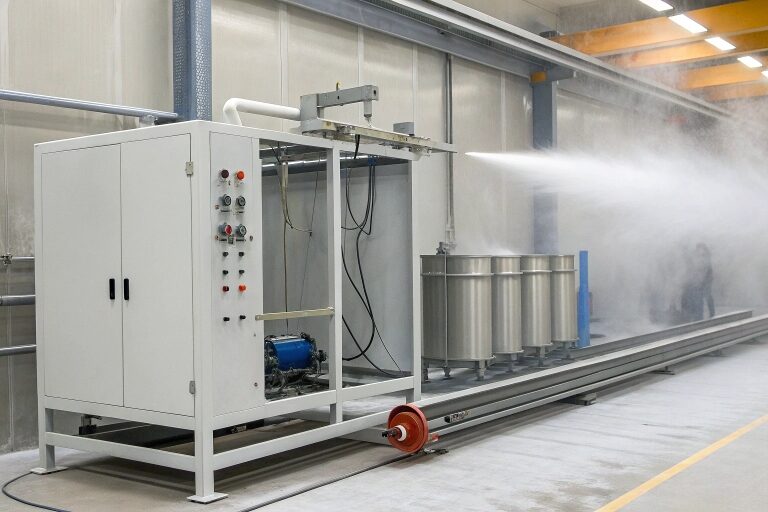The UK is no stranger to heavy rainfall and while concrete is known for its durability and strength, prolonged exposure to rain can have several effects. From surface damage to long-term structural issues, heavy rainfall can impact concrete surfaces.
Should erosion or surface damage occur?
One of the most common effects of heavy rainfall is surface erosion. Over time, constant exposure to rainwater can lead to the wearing away of the surface layer, making it rough and uneven. Small cracks can form, which can expand over time. You may see discolouration, particularly in decorative or polished concrete.
There is an increased risk of cracking
Concrete naturally expands and contracts due to temperature changes. When heavy rain soaks into the concrete and temperatures drop, the water inside the material freezes and expands, causing cracks. This process, known as freeze-thaw damage, is common in UK winters. You can apply a protective sealant to prevent water absorption. During heavy downpours water has nowhere to go except into drains, overloading them and sparking flash floods
Weakening of newly poured concrete
If heavy rain falls soon after concrete has been poured, it can weaken the surface and compromise its strength. Rainwater can dilute the concrete mix and wash away cement particles, leading to a soft or powdery finish. It can cause uneven curing, resulting in weaker patches. Builders often cover fresh concrete with plastic sheeting to protect it from unexpected rain. Many construction projects use concrete Swindon from a supplier such as www.monstermixconcrete.co.uk/concrete-swindon/.
Damp conditions encourage moss, algae, and lichen to grow
Moss, algae, and lichen can be found on concrete surfaces, especially in shaded areas. This can make paths, patios, and driveways slippery. To prevent this, clean the surfaces with a pressure washer or mild detergent and try to improve drainage to prevent water pooling. You may also want to apply anti-algae treatments to slow regrowth. Over time, constant exposure to rain can allow water to seep into deeper concrete layers, leading to reinforcement corrosion in structures such as bridges and foundations.




+ There are no comments
Add yours